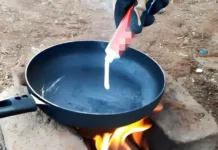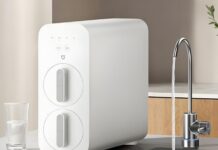There are several reasons why your beloved motorcycle won’t start, and we’re here to help. One day, you try to rev the engine, and it refuses to turn over. Don’t panic! We’ve got some easy and simple tips to get your bike running smoothly again.
1 Reasons Why Your Motorcycle Won’t Start After Being Idle for a Long Time
There are numerous reasons why your cherished motorcycle won’t start, and we’ve outlined the five most common causes below.
Cold Weather
This is a common issue, especially when you try to start your bike on a cold morning after a chilly night. The low temperatures cause higher humidity, which leads to the evaporation of volatile components in the fuel.
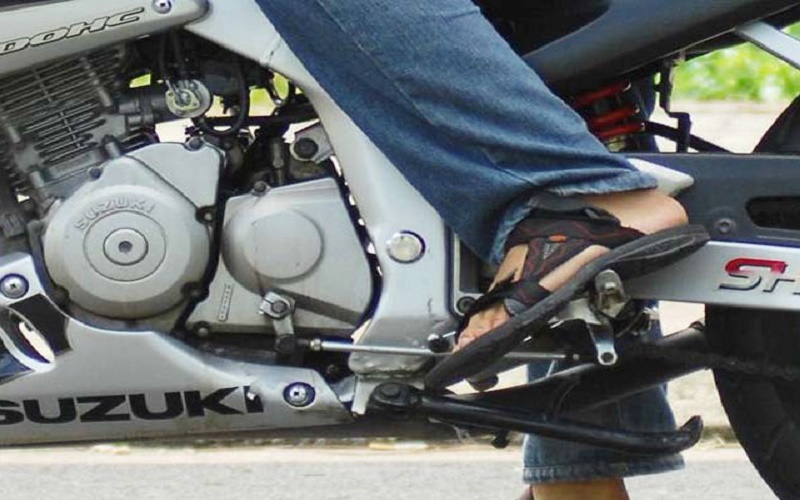 Cold weather can also cause motorcycle starting issues
Cold weather can also cause motorcycle starting issues
As a result, the fuel becomes harder to ignite, and the engine struggles to start.
Fuel Overflow and Choking
When your motorcycle won’t start, it’s natural to panic and try all sorts of things to get it going. One common approach is to frantically kick-start the bike, as you may notice some response with each attempt.
 Fuel overflow and choking can occur
Fuel overflow and choking can occur
However, this can lead to a fuel overflow, and if you continue, you may end up draining your battery. If you manage to get the bike running, you’ll likely notice a smoky, acrid smell coming from the exhaust.
Fuel Sediment in the Carburetor
It’s quite common for motorcycles to become inactive for extended periods, especially with the current social distancing norms. In such cases, fuel sediment builds up in the carburetor, causing issues when you try to start the bike after a week or even a month of inactivity.
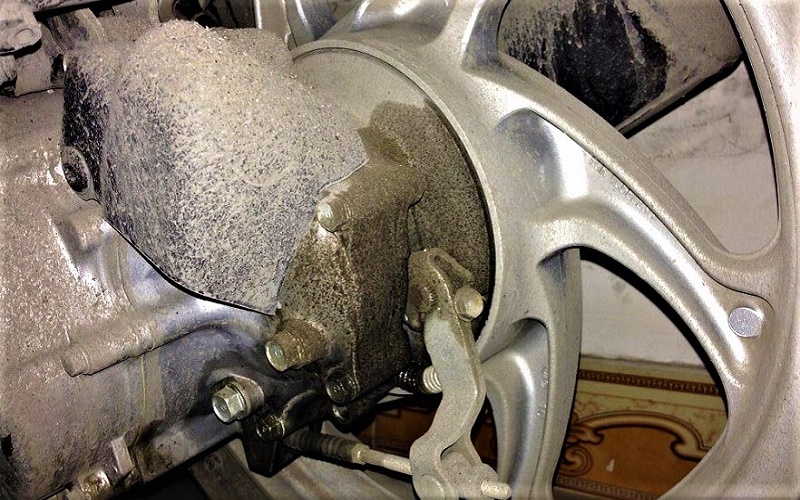 Fuel sediment can accumulate in the carburetor
Fuel sediment can accumulate in the carburetor
If this happens, avoid continuous kick-starting, as it can drain your battery. Instead, wait for about two seconds between attempts and ten seconds between subsequent tries. To prevent this issue, remember to turn off the fuel supply when the bike is not in use.
Fuel Not Reaching the Carburetor
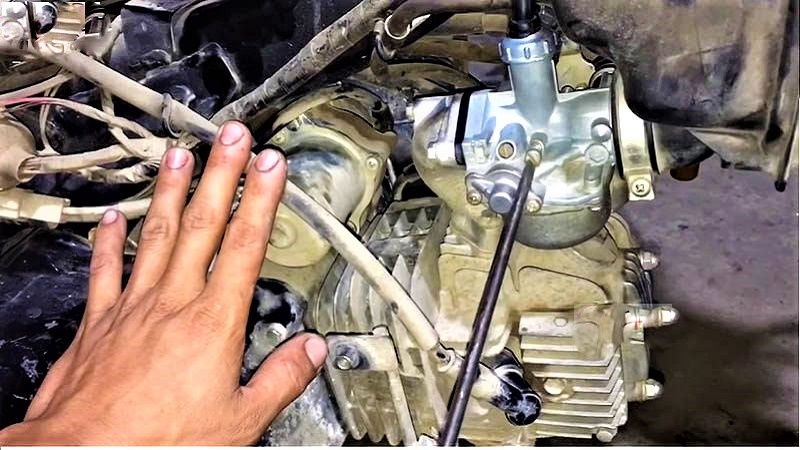 Fuel may not be reaching the carburetor
Fuel may not be reaching the carburetor
Another reason for your motorcycle not starting could be that the fuel is not reaching the carburetor. This could be due to cold weather, as mentioned earlier, or a clogged fuel line caused by dust or debris.
Wet Spark Plug
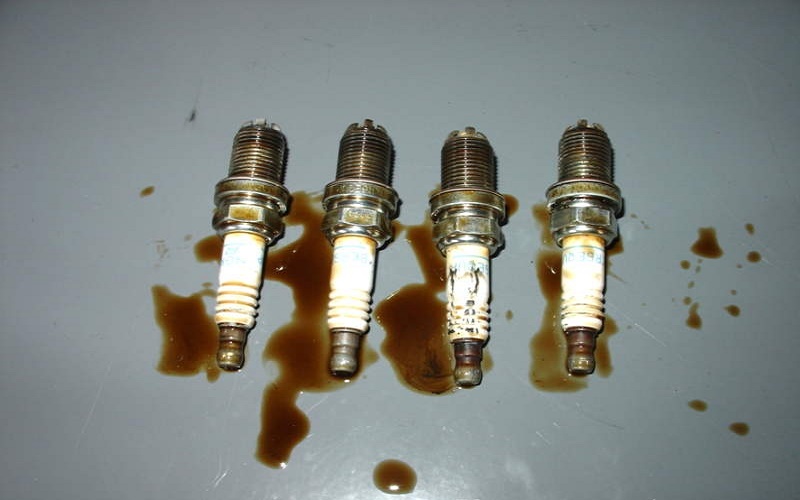 A wet spark plug can cause issues
A wet spark plug can cause issues
If you ride through flooded areas, your spark plug may get wet or damaged, leading to ignition issues and an inactive engine the next day.
Weak or Dead Battery
When a motorcycle has been idle for a long time, the battery may lose its charge, leading to starting issues. There are temporary ways to jump-start your battery, such as using a multimeter to check the voltage and determine the required charge.
2 Simple and Quick Ways to Start Your Motorcycle After a Long Idle Period
The issues mentioned above can leave your motorcycle unresponsive, even after multiple kick-starts. Here are some simple and quick solutions to get your bike running again.
Engine Seizure and Air Lock Due to Weather Conditions
A. For Manual and Semi-Automatic Motorcycles
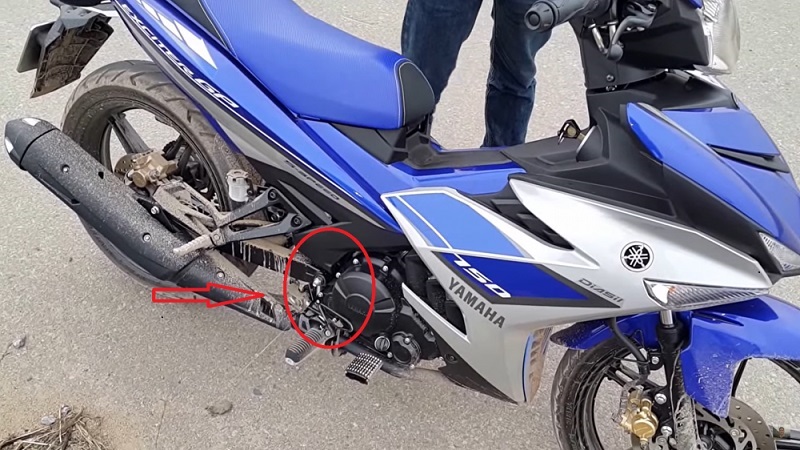 Turn the air lever to the left to close the air intake and prevent air from entering the carburetor
Turn the air lever to the left to close the air intake and prevent air from entering the carburetor
Adjusting the air lever and kicking the starter help balance the fuel-air mixture. Turning the air lever to the left closes the air intake, preventing air from entering the carburetor.
This action ensures a consistent fuel flow, creating an optimal fuel mixture for ignition. As a result, the spark plug operates correctly, and your motorcycle starts smoothly.
B. For Scooters
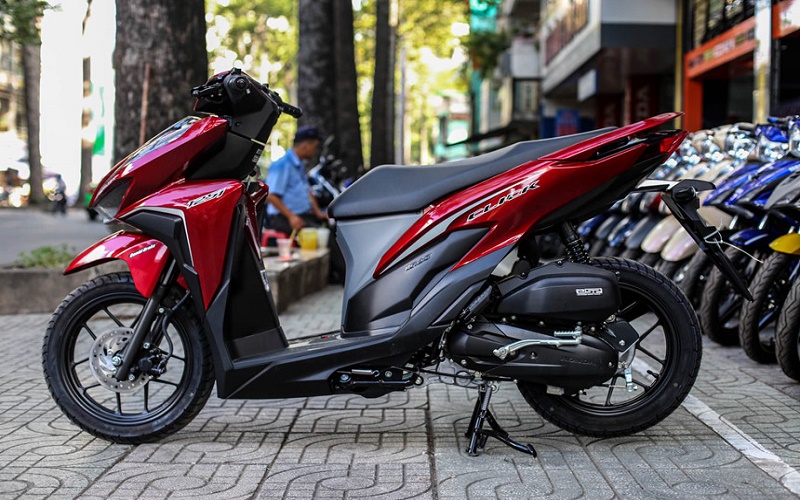 For scooters, you can’t adjust the air lever, so you’ll have to kick-start instead of using the electric starter
For scooters, you can’t adjust the air lever, so you’ll have to kick-start instead of using the electric starter
Scooters don’t have an air lever, so you’ll have to kick-start the bike instead of using the electric starter. Simply put down the center stand and kick-start, which most scooters have for this purpose.
Remember to tilt the scooter to avoid losing control when it starts. If it doesn’t start after a few attempts, push it to a repair shop to avoid draining the battery.
If you’re a female rider, lower the kick-starter as much as possible, and gently twist the throttle to allow just enough fuel to flow. Avoid twisting the throttle too hard, as this can cause fuel overflow.
In Case of Fuel Overflow
 Check if the vent hole on the fuel cap is clogged
Check if the vent hole on the fuel cap is clogged
Note
– Ensure a proper fuel-air mixture for the engine to start. Too much or too little of either can cause issues.
– Avoid continuous kick-starting or using the electric starter when the engine doesn’t turn over, as this can drain the battery. Allow at least ten seconds between attempts.
For Long-Term Storage
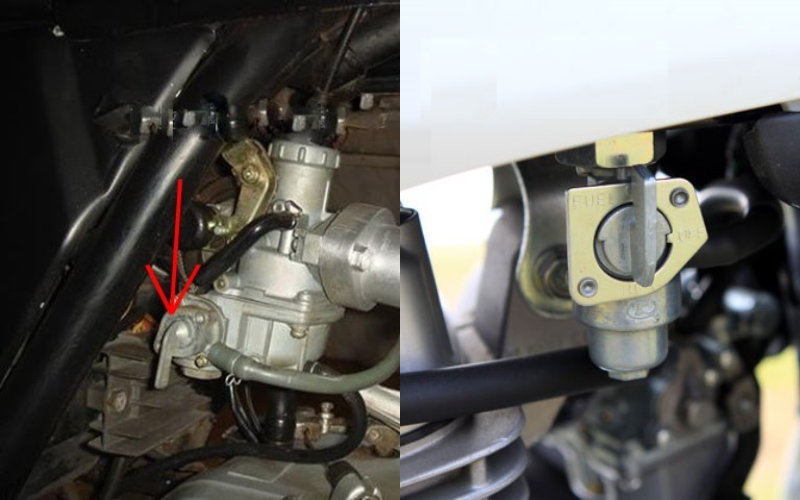 Turn off the fuel supply to the carburetor
Turn off the fuel supply to the carburetor
Locate the fuel supply valve near the carburetor and turn it to the “Off” position to prevent fuel flow from the main tank to the carburetor.
Use a small container to catch the excess fuel. Be cautious and avoid open flames during this process.
 Use a screwdriver to unscrew the drain plug on the carburetor to remove sediment and excess fuel
Use a screwdriver to unscrew the drain plug on the carburetor to remove sediment and excess fuel
Finally, use a screwdriver to unscrew the drain plug on the carburetor. This plug is usually located at the bottom and helps remove sediment and excess fuel.
Fuel Not Reaching the Carburetor
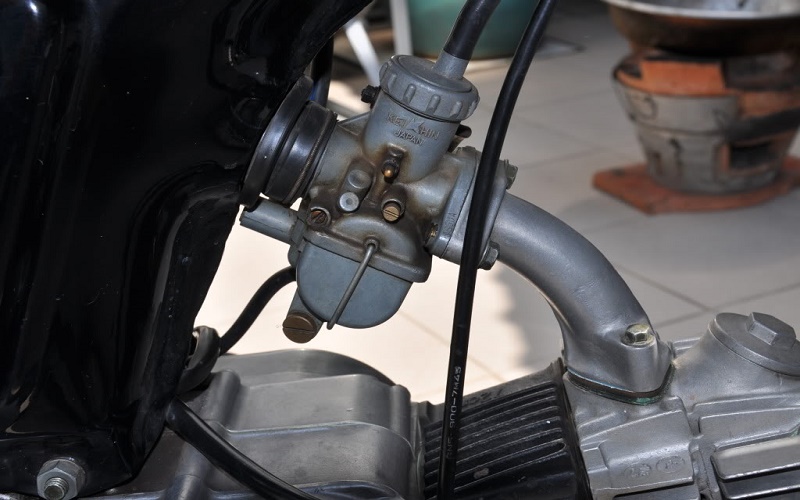 Simply disconnect the fuel hose to allow fuel to flow into the carburetor
Simply disconnect the fuel hose to allow fuel to flow into the carburetor
In this case, simply disconnect the fuel hose to allow fuel to flow into the carburetor. This hose is a rubber tube connecting the main tank to the carburetor. Remember to use pliers to lock the hose before detaching it from the carburetor.
Spark Plug Issues Due to Environmental Factors
If your motorcycle won’t start due to spark plug issues, you’ll need to clean or replace it using a screwdriver and a 17mm wrench or a dedicated spark plug wrench.
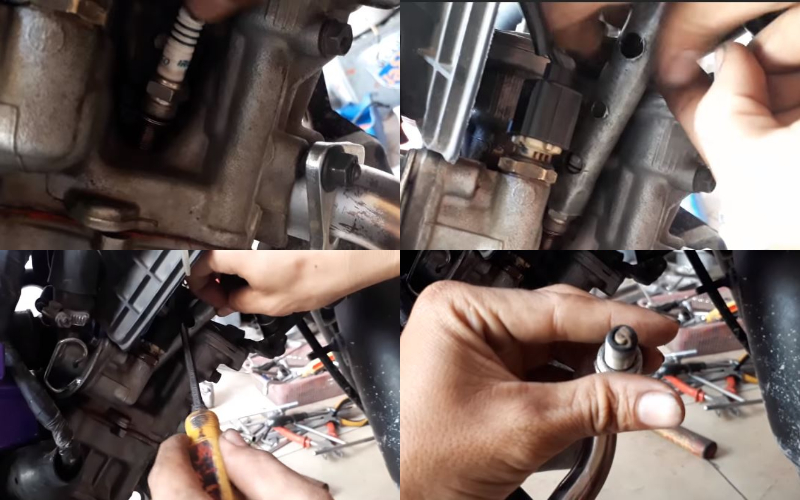 Use a screwdriver and a 17mm wrench or a dedicated spark plug wrench to remove and clean the spark plug
Use a screwdriver and a 17mm wrench or a dedicated spark plug wrench to remove and clean the spark plug
Note
Spark plugs generally need replacement after a year of use. You can buy a new one from a motorcycle parts store or a service center and replace it yourself to save costs.
 Spark plugs typically need replacement after a year of use
Spark plugs typically need replacement after a year of use
3 Tips for Storing Your Motorcycle for an Extended Period
– Fill the Tank: This prevents moisture and humidity from causing rust in the fuel tank.
– Turn Off the Fuel Supply: After your last ride, remember to turn off the fuel supply to prevent fuel from flowing into the carburetor. Let the engine run until it shuts off, and then store the bike.
– Drain the Carburetor: If your bike has been idle for a long time, drain the carburetor to prevent sediment buildup before riding again.
– Use a Center Stand: Using a center stand reduces pressure on the tires. Alternatively, ride the bike at least once a week to keep the engine active and prevent fuel sediment and tire deformation.
– Maintain the Battery: You can disconnect and store the battery to prevent drainage during extended periods of inactivity. If the bike doesn’t start, avoid continuous kick-starting or using the electric starter, as this can damage the battery. Consider replacing the battery every three years.
The methods mentioned above should help you get your beloved motorcycle running again after a long period of inactivity. We hope these tips come in handy when facing such issues.

























